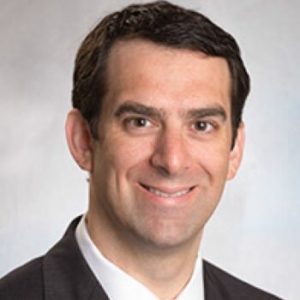4 On a completely different note, there is always room for improvement in the way we perform CPR. No amount of training prepares providers for the adrenaline of a real code. Despite some effort, I can’t seem to get my colleagues to slow down their CPR compressions to the desired rate of 104 compressions per minute. In a recent simulation study I ran, I noticed that out of 30 chest compression providers, not a single one administered compressions too slowly. Most were too fast, some by a substantial margin. In real life, many of us have tried addressing this by playing a metronome during CPR. Unfortunately, the effect seems ephemeral and minimal. The problem stems, I believe, from people not knowing that “hard and fast” compressions can actually be too fast. But @TakeHeartAust (a nonprofit Australian organization aiming to improve CPR survival rates) has an idea. Don’t just tell your colleagues and students what to do, but also tell them why. Their short tweet sums it up elegantly: “CPR – when you push down say “BRAIN”, when you release say “HEART” [because] that’s how/when YOU are supplying them with blood!” Systole-diastole. Systole-diastole. I’ve already noticed that when a provider knows why the rate of compressions matters, they tend to better adhere the recommended rate.
Explore This Issue
ACEP Now: Vol 33 – No 07 – July 20145 Rounding out the list is the tweet that inspired this month’s column. Casey Parker, MBBS (@broomedocs) is a general practitioner and hospital district medical officer in Broome, Australia and the creator of the excellent broomedocs.com emergency medicine blog. Dr. Parker challenges us to be creative and resourceful by presenting a case scenario, while imposing several interesting restrictions. It is one thing to solve a case and another to do so with your hands tied behind your back. Dr. Parker asks us to diagnose and treat a complicated patient without formal radiology or lab tests, other than point-of-care blood gas results. I refer to this type of exercise as “post-apocalypse medicine,” but Dr. Parker has a nicer name for it. “Midnight MacGyver Medicine http://broomedocs.com/2014/06/clinical-case-103-midnight-macgyver-medicine/…Some great responses from the smart #FOAMed faculty.” I heartily agree. Many impressive responses were posted in the blog’s comment section, coming from top EM minds all over the world, a great example of asking EM providers to think outside of the box and a yeoman display of the power of social media to generate high-level discussion and the sharing of ideas.
 Dr. Faust is an emergency-medicine resident at Mount Sinai Hospital in New York and Elmhurst Hospital Center in Queens. He tweets about #FOAMed and classical music @jeremyfaust.
Dr. Faust is an emergency-medicine resident at Mount Sinai Hospital in New York and Elmhurst Hospital Center in Queens. He tweets about #FOAMed and classical music @jeremyfaust.
Pages: 1 2 3 | Single Page





No Responses to “Tweets from Emergency Physicians about Tricks of the Trade”